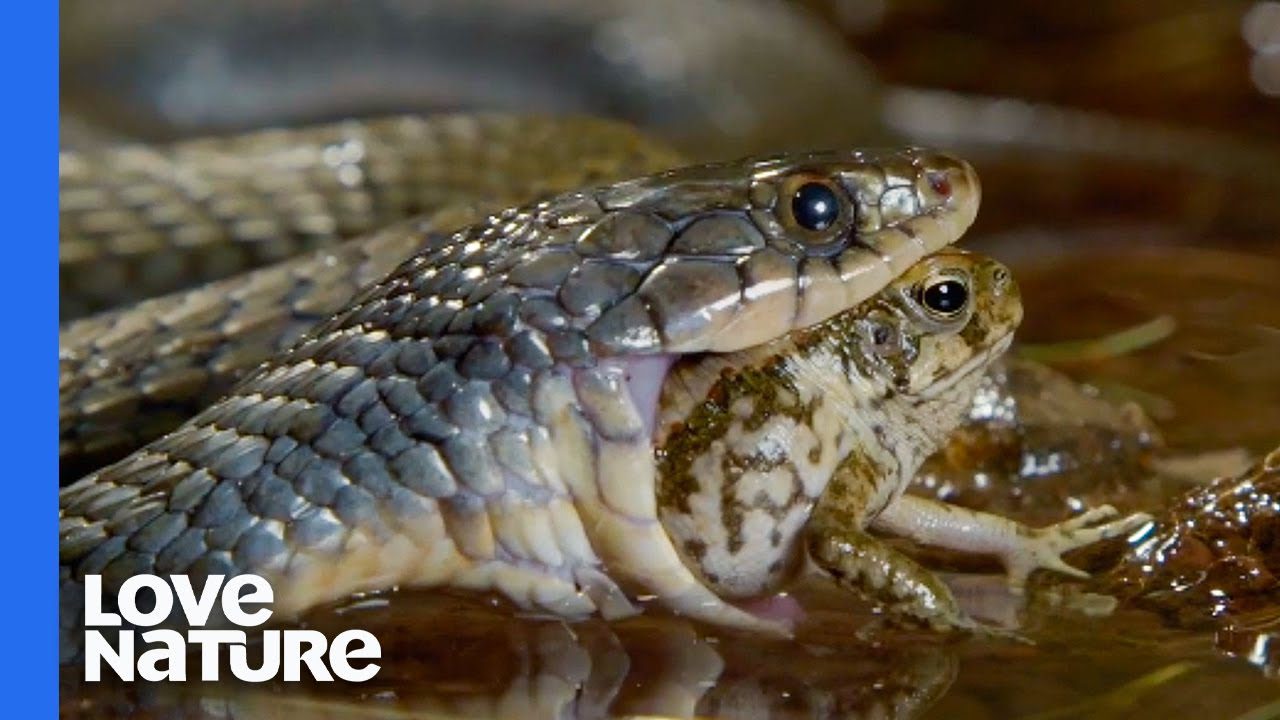The article compares venomous vipers and poison dart frogs, two of nature’s deadliest creatures. Venomous vipers produce and inject venom into threats or prey through their fangs, using their venom for both attack and defense. Meanwhile, poison dart frogs produce toxic secretions for self-defense, which can cause paralysis or death when contacted. Although they deploy differing strategies, both creatures display warning signals such as distinctive patterns or vibrant colors. However, their survival is now threatened by habitat loss due to deforestation and pollution and several species are listed as endangered. Despite their deadly defenses, they are at risk from human activities.
Venomous Vipers vs. Poison Dart Frogs: A Comparative study on Nature’s Deadliest Species
In the wild, survival depends on a range of factors. One’s ability to catch prey, run from predators, and protect one’s territory can mean life or death. Two species that take this to an extreme are venomous vipers and poison dart frogs; they have developed unique defenses that rank them among nature’s deadliest creatures. This article aims to compare and contrast venomous vipers and poison dart frogs, focusing on their similarities and differences.
Introduction to Venomous Vipers
Venomous vipers, as the name suggests, are species of snakes that can inject deadly venom into their prey or potential threats using their fangs. Found predominantly around the world, these vipers have adapted to survive in different habitats ranging from deserts to rainforests. Some of the deadliest viper species include the saw-scaled viper, the bush viper, and the Gaboon viper.
Introduction to Poison Dart Frogs
Poison dart frogs, on the other hand, are small, brightly colored, and lethal amphibians native to Central and South America. Ancient indigenous tribes used their toxic secretions to poison the tips of their blow darts, hence the name ‘poison dart frogs’. Notable members of this group include the golden poison frog, the blue poison dart frog, and the strawberry poison dart frog.
Venomous Vipers: Attack and Defense
When it comes to their venom, vipers employ it for both for hunting and protection. Vipers usually stay hidden and wait for prey, delivering a deadly strike when it gets in range. The venom acts quickly to immobilize the prey, making it unable to escape or fight back. Similarly, if threatened, a viper will use its venomous bite as a form of defense.
Poison Dart Frogs: Attack and Defense
Unlike vipers, the poison dart frogs use their poison strictly for self-defense. They do not inject their poison but instead secrete it through their skin when threatened. Any predator unlucky enough to ingest or come into contact with this poison could experience paralysis or even death. Intriguingly though, most poison dart frogs do not produce toxins powerful enough to harm humans.
Similarities Between Venomous Vipers and Poison Dart Frogs
One of the prime similarities between venomous vipers and poison dart frogs is their use of toxins for survival. Whether ingested or injected, these toxins are powerful enough to immobilize or kill the threats posed to these species. Another similarity is the warning signals they exhibit. Many vipers have distinctive patterns while poison dart frogs adorn vibrant visible colors, both serving as a caution to predators.
Differences Between Venomous Vipers and Poison Dart Frogs
There are vital differences, though, in how these animals produce and use their toxins. Vipers produce venom, a toxic substance injected into victims through specialized hollow teeth or ‘fangs’. The frogs, however, manufacture poison, a toxic substance stored in glands beneath their skin and dispersed passively. Vipers use their venom for hunting and defense, while poison dart frogs use their toxins just for defense. Also, while most viper bites can be fatal to humans, very few poison dart frogs produce secretion lethal to people.
Conservation Status
In terms of conservation, both species are generally resilient but are not immune to habitat loss caused by deforestation and pollution. Several species of venomous vipers and poison dart frogs are already included in the International Union for Conservation of Nature’s (IUCN) Red List of endangered species. Hence, protecting their habitat is imperative for their survival.
Conclusion
Despite having completely different lifestyles, venomous vipers and poison dart frogs have both evolved remarkable adaptations to ensure their survival in the wild. Their powerful toxins, be it venom or poison, are testament to nature’s unforgiving will for survival and evolution. However, despite their deadly reputation, they both face the common threat of losing their habitats, reminding us that sometimes, human beings are the deadliest creatures of all.
